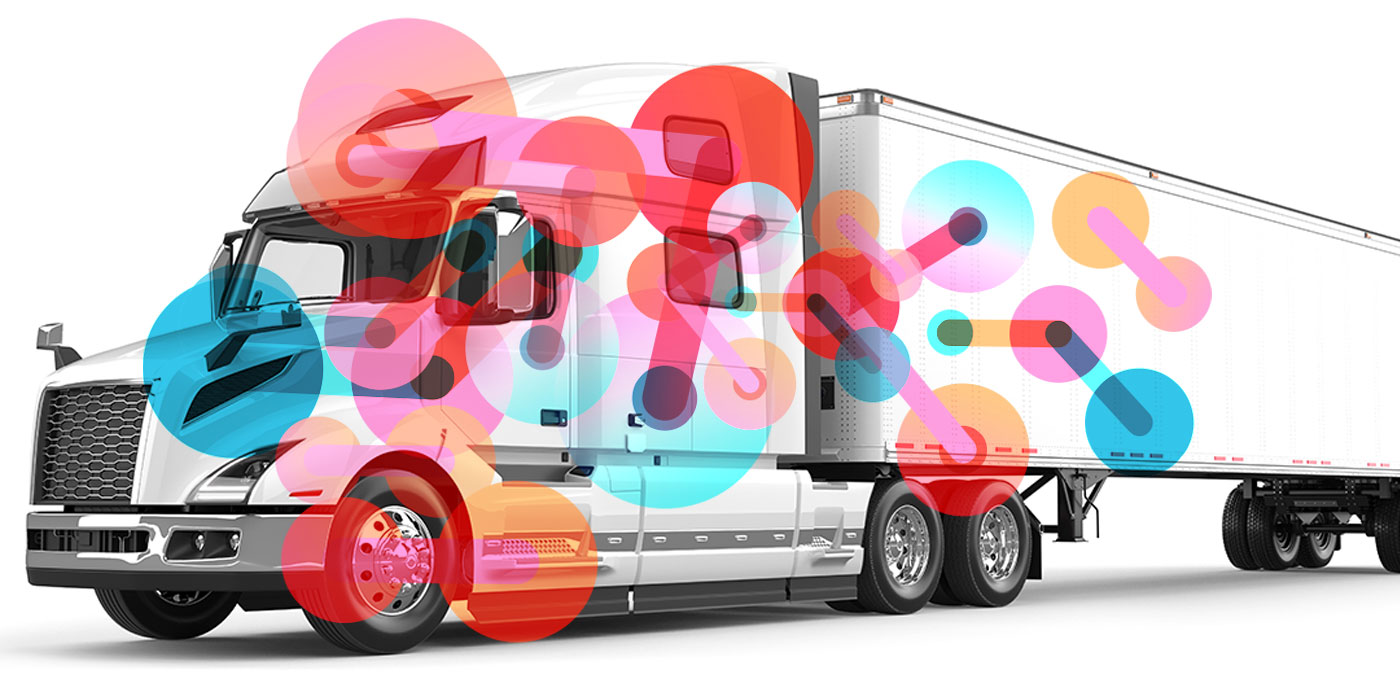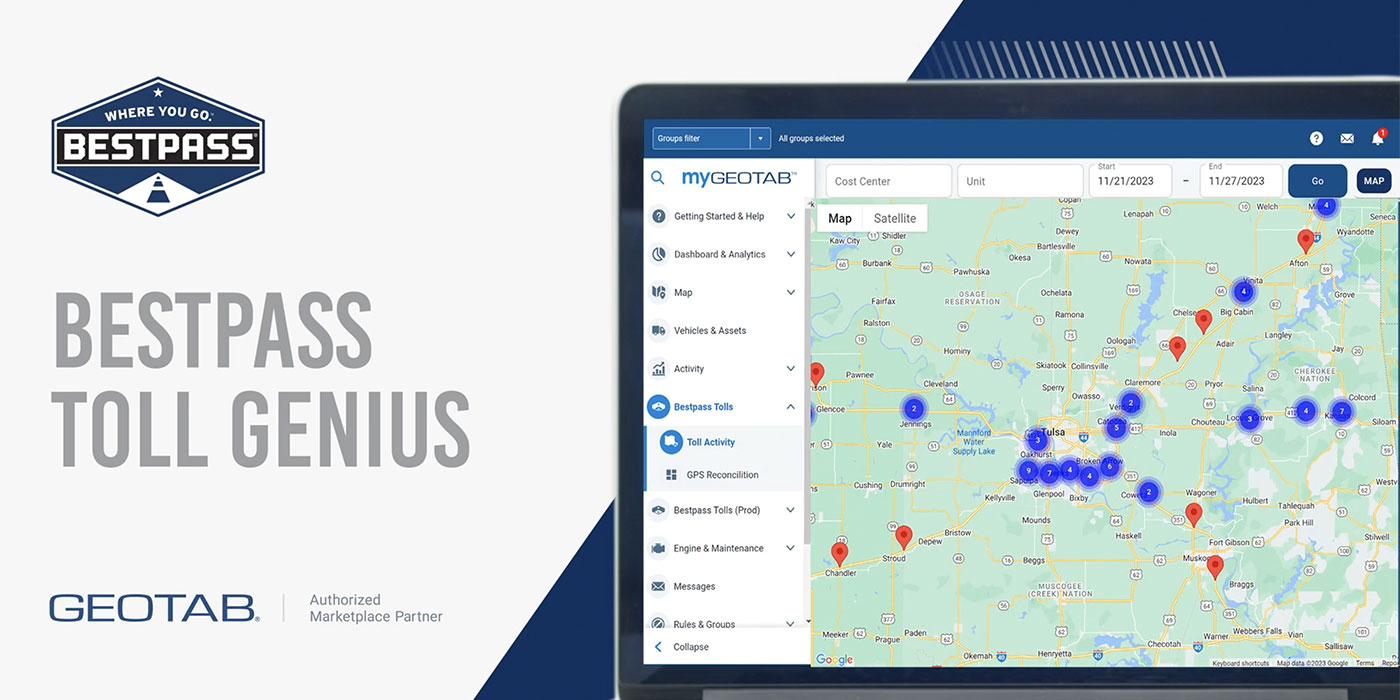As diesel prices stabilized around $3 per gallon last year and the driver shortage started to show its full impact on the industry, operational costs have trended toward increasing wages and bonuses to attract qualified drivers. The driver shortage continues to be the top-ranked issue in American Transportation Research Institute’s (ATRI) Top Industry Issues report. Yet, many fleets that have kept a close eye on controlling fuel costs have seen substantial savings by adopting new technologies, according to the North American Council for Freight Efficiency (NACFE) 2018 Annual Fleet Fuel Study Report.
The study included 20 of the biggest fleet names in the industry, polling them about their use of new technologies including: powertrain advancements, chassis options and components, tire and wheel selections, tractor and trailer aero devices, idle reduction options and driver practices. The overall adoption rate for the technologies studied in this report has grown from 17% in 2003 to 44% in 2017.
Of course, specific technology adoption is impacted by duty cycle, business size and other fleet-specific factors.
“The year-over-year improvement returned to the eight-year [efficiency] average of 2% for these 20 fleets,” the report stated. “In mining the data provided by the fleets, the range of increases and decreases in the past few years was higher than in prior years. In other words, fleets are taking actions with technology adoption and operational practices that are having higher swings in their fuel efficiency.”
The study found that the fleets saved more than $635 million when looking across the 71,000-plus trucks combined. Additionally, the average fleet-wide performance was 7.28 MPG in 2017, a 2.1% improvement over 2016.
“It is expected that this level could reach 10 MPG, which was demonstrated during NACFE’s 2017 Run on Less, best-of-the-best demonstration,” the study stated.
Here’s the rub: These 20 fleets are outliers; early adopters. While the technologies to save fuel are plentiful and available, the NACFE study indicated that there is a “significant gap between the current levels of adoption of these forward-thinking, early-adopting fleets to the full industry adoption levels in future years.
“The industry has much work to do to improve confidence in the technologies for increased adoption and for the improvement in the total cost of ownership for these fleets to buy them at the levels expected by the regulators and required of the truck and trailer builders,” it stated.
A two-year ROI is typically the average expectation when investing in new equipment, and with the driver shortage eating up a large portion of a fleet’s overall operational budget, you might feel the pain in plunking down the cash for the initial investment in the short term. Long-term, however, you might be positioning yourself to pounce on new opportunities or to weather whatever direction the market takes in the New Year.













